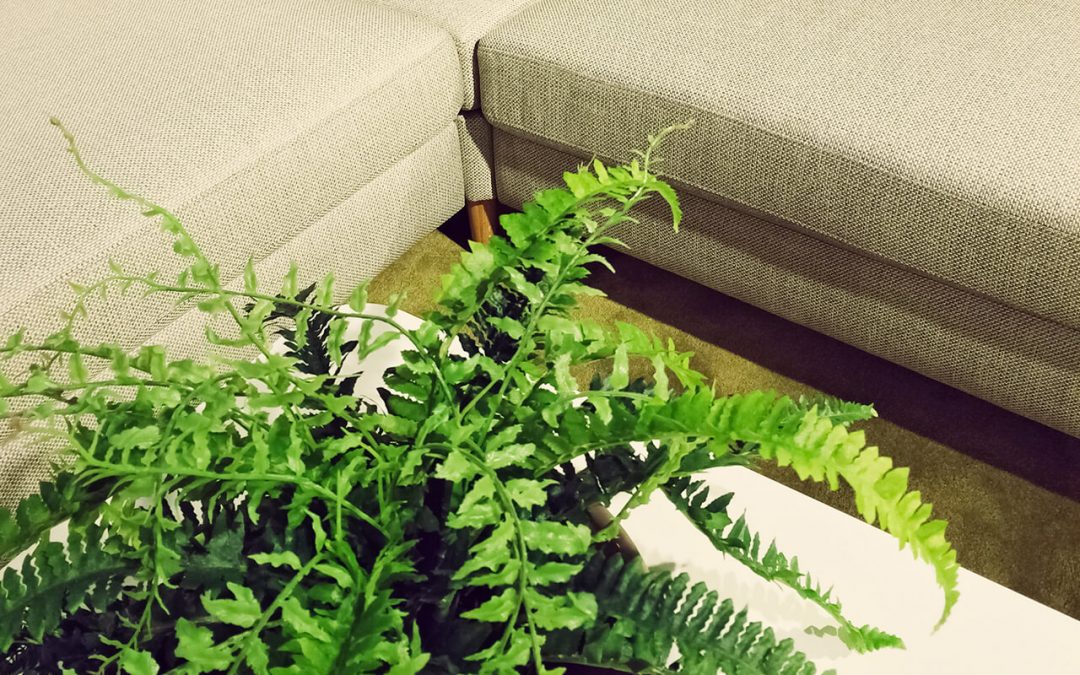Methods for Improving Indoor Air Quality
Air pollution is not limited to the outdoors. The air inside of our homes can be 2 to 5 times more polluted than outdoor air. Indoor air pollutants include dust, pet dander, mold, and volatile organic compounds from detergents and fragrances. Considering that we spend a significant amount of time indoors, improving indoor air quality is important.
Why You Should Improve Indoor Air Quality
• Breathing polluted air might cause respiratory problems in the short and long term.
• Improving indoor air quality reduces allergies.
The following are some of the ways you can improve indoor air quality:
Keep Your Home Clean
Cleaning your home reduces indoor air pollutants. Regular dusting and vacuuming get rid of dust and pet dander, which are the leading indoor air pollutants. As you clean, focus on reducing the accumulation of allergens and contaminants by doing the following:
• Vacuum carpets and rugs using a vacuum cleaner with a HEPA filter at least once a week. Carpets attract dust and encourage the growth of mold and mildew. You can cut down on these allergens by opting for hard-surface flooring instead of carpeting.
• Clean your bedding, drapes, and other items that attract allergens. Wash these items in water with a temperature of at least 130 degrees to completely remove allergens. Also, consider dust-mite-proof covers on pillows.
• Clear clutter as it encourages the accumulation of dust.
Keep Humidity Levels Low
Dust mites and fungus thrive on high levels of humidity. Fungi such as mold produce mycotoxins and other allergens that trigger allergic reactions and respiratory problems. By keeping levels of humidity at less than 50%, you will keep these and other allergens under control.
One way of dehumidifying your home is through air conditioning. Other methods of reducing humidity levels include:
• Opening windows and using exhaust fans or dehumidifiers in areas susceptible to humidity such as kitchen and bathrooms.
• Fixing water leaks in your AC unit and water pipes.
• Emptying your ACs drip pans regularly.
Use a Home Purifier
A home air purifier gets rid of pollutants and irritants in your home. Place air purifiers in common areas of your home such as living rooms, kitchens, and bedrooms.
You can also purchase air purifying plants. According to a NASA study, certain plants eliminate toxins and allergens such as benzene. The plants include English ivy, peace lily, and the Boston fern.
Avoid Synthetic Fragrances
Synthetic fragrances are in perfumes, air fresheners, and detergents. These products release harmful volatile organic compounds (VOCs). Products with VOCs are not tested for their potential dangers to the respiratory system. Try to avoid anything with a synthetic fragrance. Use fragrance-free and natural laundry, cleaning, and bathing products.
Air fresheners are the major source of harmful VOCs. Substitute your air freshener with 100% natural essential oils. You can also place a small amount of baking soda in a bowl to eliminate odors.
Make Your Home a No-Smoking Zone
Second-hand cigarette smoke is a major indoor air pollutant as it contains more than 4,000 chemicals. In fact, research shows that second-hand smoke increases a child’s risk of respiratory and ear infections. Any smokers in your household can help improve the indoor air quality for others by smoking outside.
Your family should have clean air to breathe at home, and fortunately, it takes little cost and effort to improve your indoor air quality. Follow the tips outlined above, and you will notice a significant change in indoor air quality.
360 Inspections provides mold inspections and other home inspection services to the Bay Area and Central Valley. Contact us to book an inspection.

